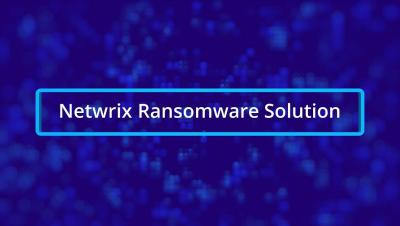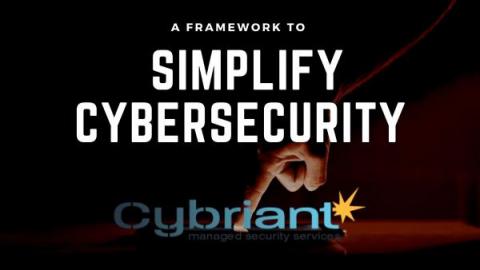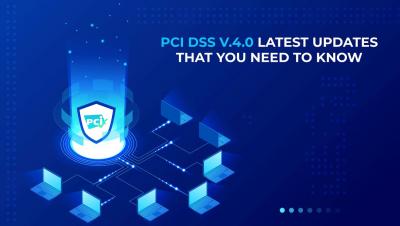Security | Threat Detection | Cyberattacks | DevSecOps | Compliance
Security
Ransomware Protection with Netwrix Solution
The Cyber Assessment Framework: Guided Cyber Resilience
Remember how, just a few years ago, many organizations were striving to be cyber secure? Over the last years, it seemed that crowing about one’s cybersecurity posture became the very thing that mocked every organization that was the victim of a newsworthy compromise. Many organizations began augmenting their previously acclaimed security posture towards one of cyber resilience.
PCI DSS 4.0 is Here: What you Need to Consider
The Payment Card Industry Data Security Standard (PCI DSS) is a benchmark with tenure in the industry, with the first version being introduced in 2004. The PCI DSS was unique when it was introduced because of its prescriptive nature and its focus on protecting cardholder data. Cybersecurity is a changing landscape, and prescriptive standards must be updated to address those changes. The most recent update to the PCI DSS was in 2018, and the world has certainly changed since then.
Does Your Cyber Threat Intelligence Team Know These Key Things?
The Industrial Internet of Things and Cybersecurity
Operational Risk Management: Benefits and Common Challenges
How to Achieve Network Infrastructure Modernization
A Framework to Simplify Cybersecurity
When a business concept is born, building out a tech stack based on cybersecurity is not always the first item of concern. The need to simplify cybersecurity often comes later in the growth phase of a business. Start ups are well-known for everyone on staff pitching in in different areas. Technology, software purchases are often based on last minute needs, lowest costs, etc. It is often assumed that security is covered by the manufacturers of the chosen technology.







